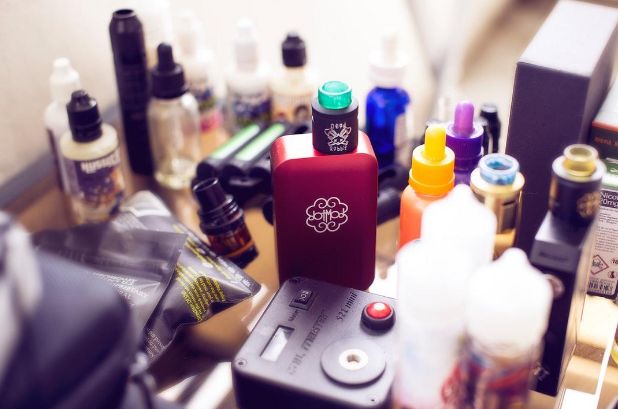Venturing into the world of vaping can feel overwhelming, especially when browsing through a vape shop filled with unfamiliar terminology and a wide array of products. While some devices and accessories cater to experienced vapers, certain products and terms are essential knowledge for both newcomers and seasoned enthusiasts. One such fundamental component is e-liquid.
Referred to as e-juice, vape juice, or simply juice, e-liquid is the substance utilized to create vapor in your mod or pen. Obtaining e-liquid is essential for vaping, as it provides the necessary material for your device to vaporize. Despite concerns regarding its composition, e-liquid generally poses no cause for alarm. Most e-liquids come with ingredient lists on their containers, and typically consist of four main components: vegetable glycerin, propylene glycol, flavorings, and often nicotine.
Vegetable Glycerin
Despite common misconceptions, the exhaled vapor from vaping is not actually water vapor. However, this doesn’t mean it poses any significant health risks. In fact, modern e-juice consists predominantly of vegetable glycerin, comprising approximately 80% of its composition. Vegetable glycerin is responsible for producing the large, billowy clouds associated with vaping.
Although the term “vegetable glycerin” may initially sound concerning, it is simply a processed substance derived from vegetable oil. It should be noted that vegetable glycerin is not oil itself; rather, it is an alcohol-based substance, rendering it safe for inhalation.
Vegetable glycerin is colorless, odorless, and non-toxic. It possesses a sweet and thick consistency, often used as a sweetening agent in various food products. Additionally, it is a common ingredient found in many pharmaceutical medications.
Propylene Glycol
Another common ingredient found in vape juice is propylene glycol, which likely comprises the majority of the liquid apart from vegetable glycerin. Propylene glycol is nearly odorless and slightly sweet, although not as much as vegetable glycerin. It is often added to foods and medications to maintain moisture levels.]
In the past, vape juices contained higher proportions of propylene glycol compared to vegetable glycerin. These formulations produce less vapor and are preferred by vapers seeking more discreet clouds. Propylene glycol is thinner in consistency and performs better in older atomizers.
Propylene glycol is generally considered safe for inhalation. However, there have been reports indicating that some individuals may be sensitive to this substance. If you experience discomfort after vaping a liquid with a high propylene glycol content, consider switching to one that primarily consists of vegetable glycerin.
Flavorings
One of the key attractions of vaping is the flavor experience it offers. With the promise of big clouds and bold flavors, the added flavorings play a crucial role in enhancing the vaping experience.
Manufacturers meticulously select the flavorings used in vape liquids. While many substances are safe for consumption, not all are safe for inhalation. Therefore, merely labeling a product as “food-grade” does not always ensure its safety for inhalation. Fortunately, vape liquid manufacturers have been carefully vetting ingredients for a considerable period, ensuring that approved products contain flavorings safe for inhalation.
Others
For individuals seeking an alternative to traditional cigarettes, the presence of nicotine in e-liquid is significant. E-liquid containing nicotine enables users to satisfy their nicotine cravings without the need to ignite tobacco leaves and inhale smoke. Additionally, it offers the advantage of being able to vape indoors and around others without exposing them to harmful smoke with every exhalation.


